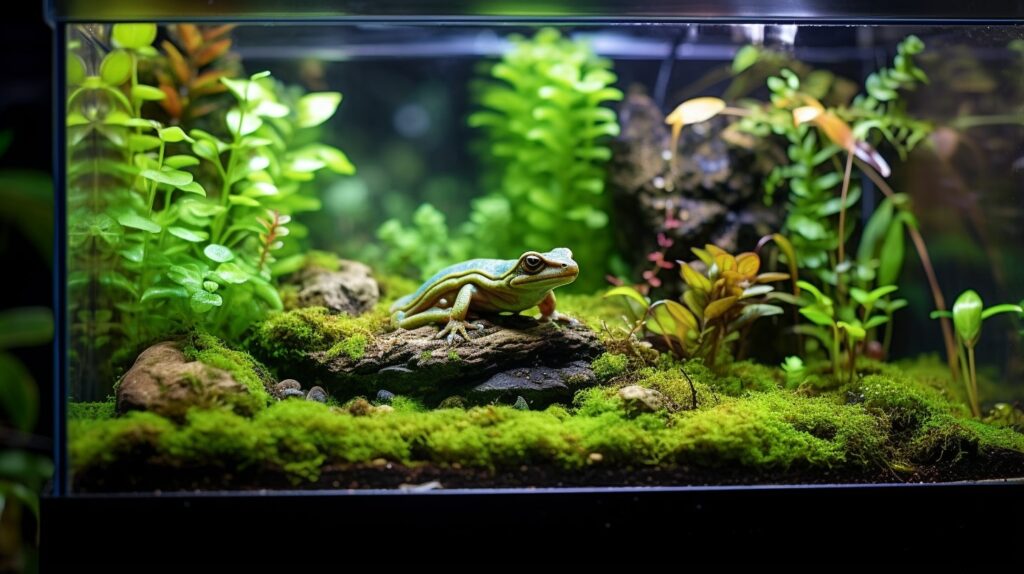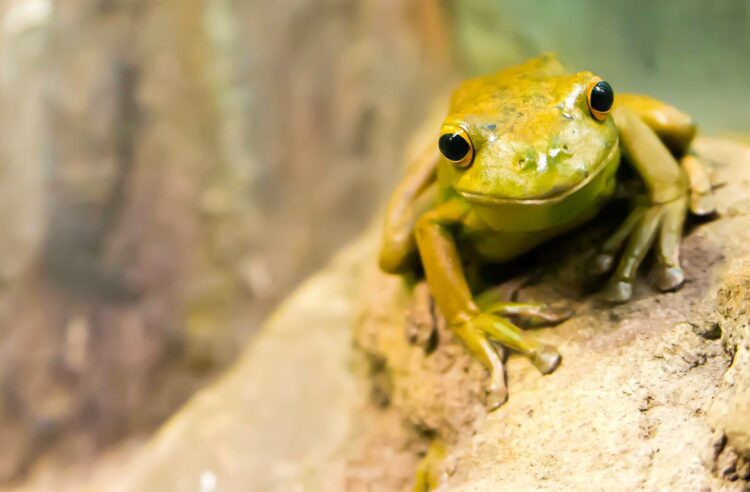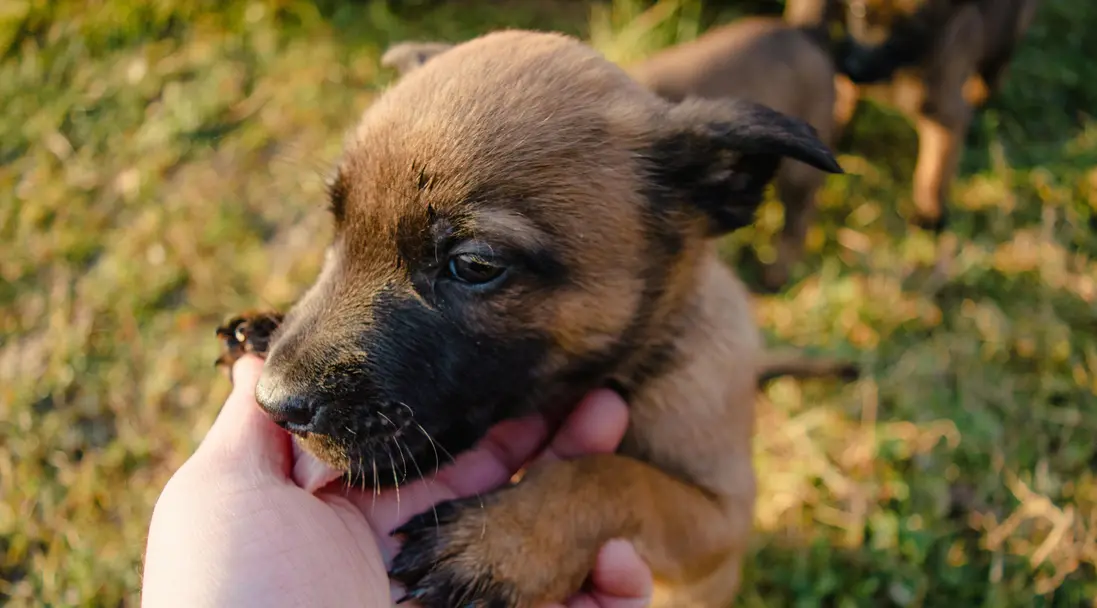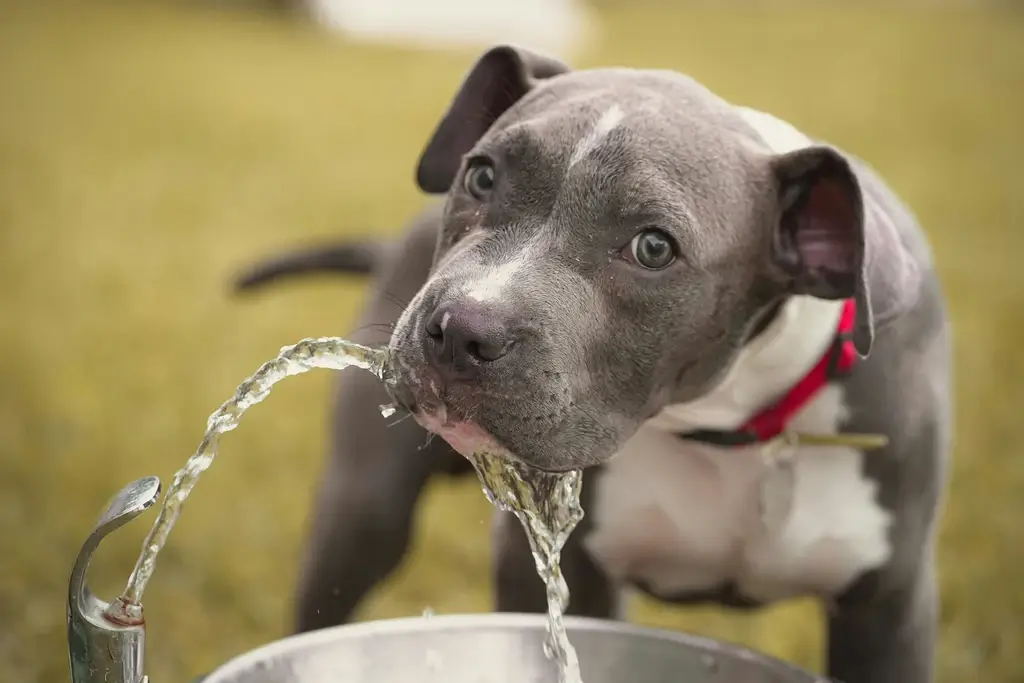Bringing the enchanting world of amphibians into your home, pet frogs offer a unique and fascinating experience for animal enthusiasts. These charming creatures require specific care to thrive in captivity, from creating the right habitat to ensuring a balanced diet and maintaining their health. Join us as we dive into the essentials of caring for pet frogs, creating a welcoming environment that mirrors their natural habitats and promotes their well-being.

Habitat Setup: Creating a Frog Haven
A proper habitat is paramount to your frog’s happiness and health. Consider these key factors when setting up your frog’s home:
1. Enclosure: Choose an appropriate tank or enclosure based on the species of frog you have. Research the specific needs of your frog to determine the ideal size and type.
2. Substrate: Select a substrate that mimics the frog’s natural environment. Coconut coir, sphagnum moss, or soil mixed with eco-friendly bedding can create a comfortable base.
3. Decor and Hiding Spots: Incorporate a variety of live or artificial plants, branches, and hides to create a stimulating and secure environment. Frogs love to explore and hide among foliage.
4. Humidity: Maintain proper humidity levels by misting the enclosure regularly. Some frog species require higher humidity, so research your frog’s specific needs.
5. Lighting: Depending on the species, some frogs require UVB lighting to metabolize calcium properly. Research whether your frog needs UVB lighting and provide a suitable source.
6. Temperature: Maintain an appropriate temperature range for your frog species. Use heat lamps or heating pads to create temperature gradients within the enclosure.
Diet: Sustaining Frogs’ Nutritional Needs
Frogs are carnivores, and their diet consists primarily of live insects. Providing a varied and nutritious diet is crucial for their well-being:
1. Insects: Crickets, mealworms, waxworms, and roaches are common feeder insects. Dust these insects with calcium and vitamin supplements before offering them to your frog.
2. Variety: Offer a variety of insects to ensure a well-rounded diet. Some frog species also benefit from occasional treats like earthworms or small feeder fish.
3. Gut-Loading: Feed your insects a nutritious diet before offering them to your frog. This enhances the nutritional value of the insects and benefits your frog’s health.
Health Maintenance: Observing and Preventing Issues
Regular observation and preventative care are crucial for keeping your pet frog healthy:
1. Monitor Behavior: Pay attention to your frog’s behavior. Any sudden changes in appetite, activity level, or appearance could be indicative of a health issue.
2. Quarantine New Additions: If you’re adding new frogs to your collection, quarantine them before introducing them to your existing frogs. This prevents the spread of potential diseases.
3. Clean Water and Environment: Regularly clean and disinfect the enclosure to prevent the buildup of bacteria. Ensure your frog’s water source is clean and dechlorinated.
4. Regular Vet Visits: Find a veterinarian experienced with amphibians and schedule regular check-ups for your frogs.
5. Handling with Care: Limit handling to minimize stress on your frogs. Some species are more tolerant of handling than others, so research your frog’s behavior and preferences.
6. Research and Learn: Continuously educate yourself about your specific frog species. Different species have varying care requirements, and staying informed ensures your frog’s well-being.
Conclusion: Nurturing the Fascinating World of Frogs
Caring for pet frogs is a rewarding and educational experience that allows you to observe the beauty of these captivating creatures up close. By recreating their natural habitat, offering a nutritious diet, and maintaining their health, you create an environment where your frogs can thrive. As you embark on this amphibian adventure, remember that each species has its unique needs and behaviors. Taking the time to understand and cater to your frog’s specific requirements ensures that you’re providing the best care possible. With your commitment and attention, you’ll be rewarded with the joy of witnessing the intricate lives of these remarkable amphibians.


















